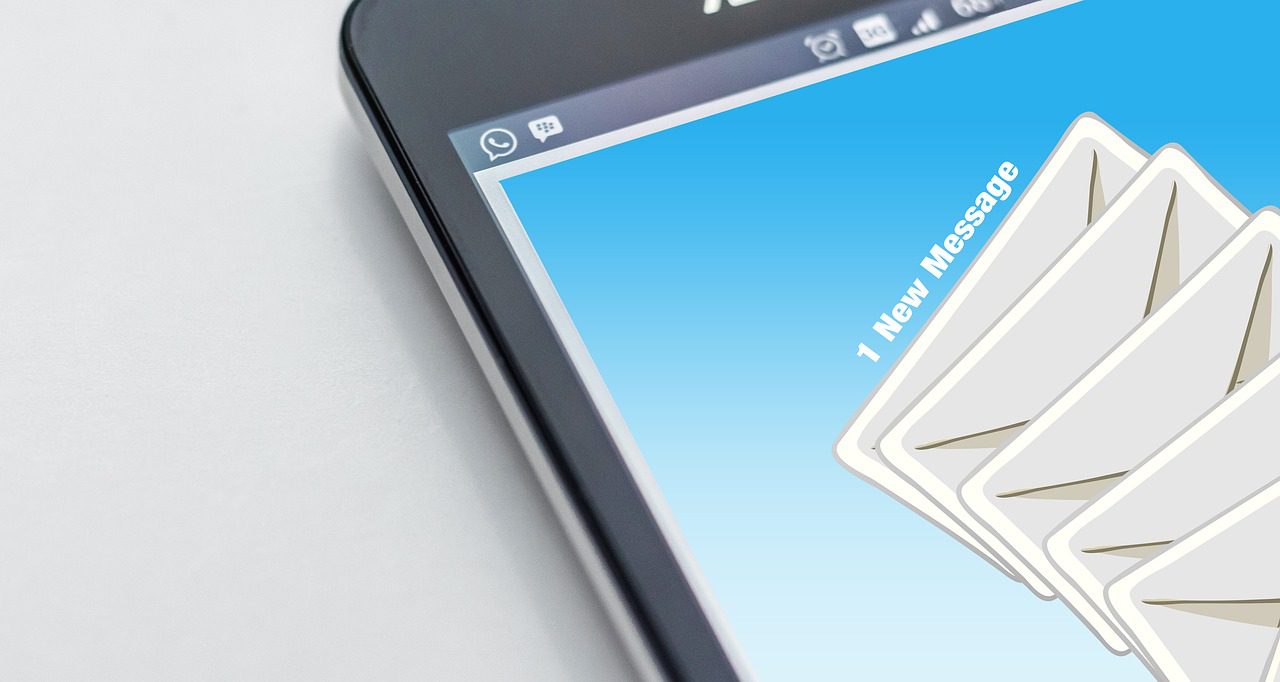
Source: Ray Schultz – MediaPost (Link to article: https://bit.ly/3kaioDZ)
Retailers are barraging inboxes with emails — and customers don’t like it, judging by The Cost of Annoying Customers With Email, an infograph by SmarterHQ.
Of the top email clutter generators, 70% are retailers, the study says. That’s saying a lot, considering that 205 billion emails are sent every day worldwide.
The average person receives 97 emails per day and 416 commercial emails per month.
The top ten inbox stuffers are:
Daily Deals
Social Networking
Dating
Apparel
Home
Department Stores
Children’s products
Music/Movies/Games
Health & Beauty
Entertainment
Despite these irritations, 72% of consumers prefer email for communications — and apparently, they like it even more when emails are personalized.
People sent personalized offers are 78% more likely to be a repeat customers, the study states. We can infer that they don’t like impersonal, batch-and-blast emails.
Moreover, 73% prefer to patronize brands that use their personal data to create personalized experiences.
The takeaway is that “failing to effectively personalize is far more expensive than investing in it,” the study notes.
The proof? Forrester reports that failure to personalize can cost up to $5 million in lost revenue over three years, it says.
But only 10% of brands feel the are personalizing effectively, according to Gartner.
All this is in line with Brand Loyalty 2020, a recent study by Formation. This research showed that consumers crave personalization, so much so that 81% will share personal information to get it, and 50% will even pay a premium for it.
What’s more, 79% say that the more personalization tactics a brand uses, the more loyal they will be.
Email ranks as the second-most effective channel in generating loyalty — 33% of consumers say personalized emails will cause them to stick with a brand. But 39% say the same of personalized website experiences.
For its part, SmarterHQ concludes: “The gap is wide, but the window to personalization is small in a retail environment that is more competitive than ever. The brans who survive and thrive will do so trough personalization.”


